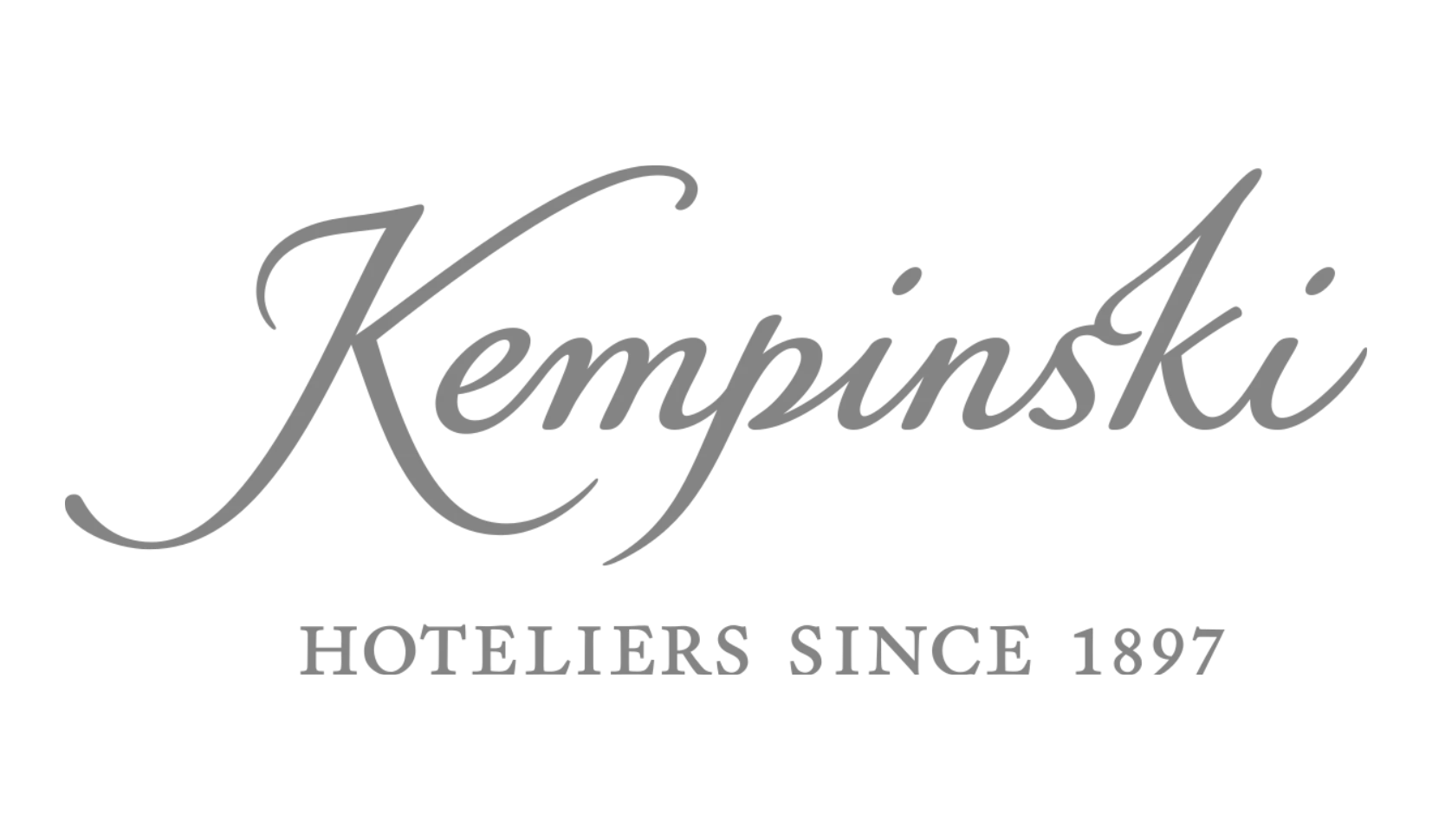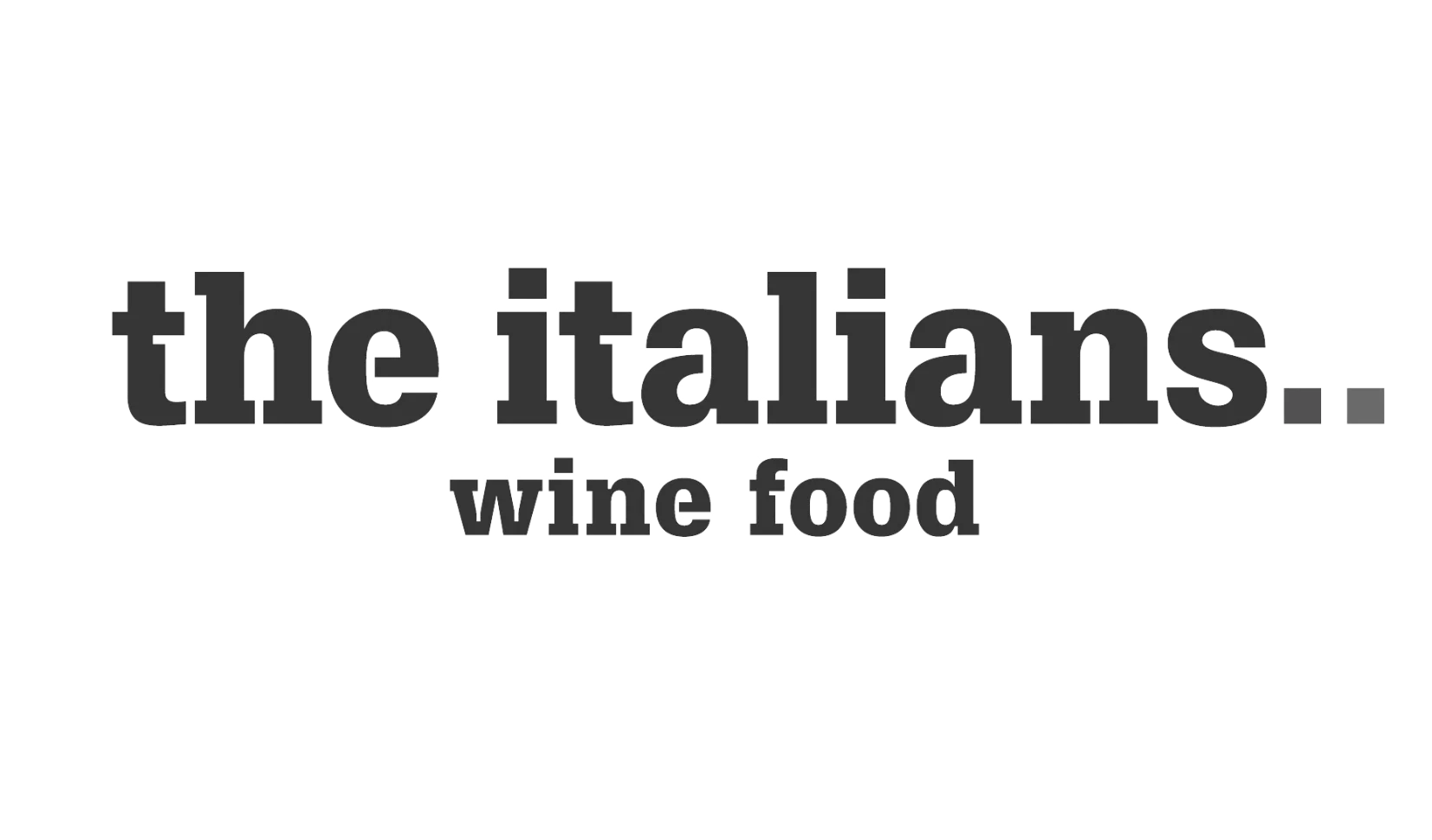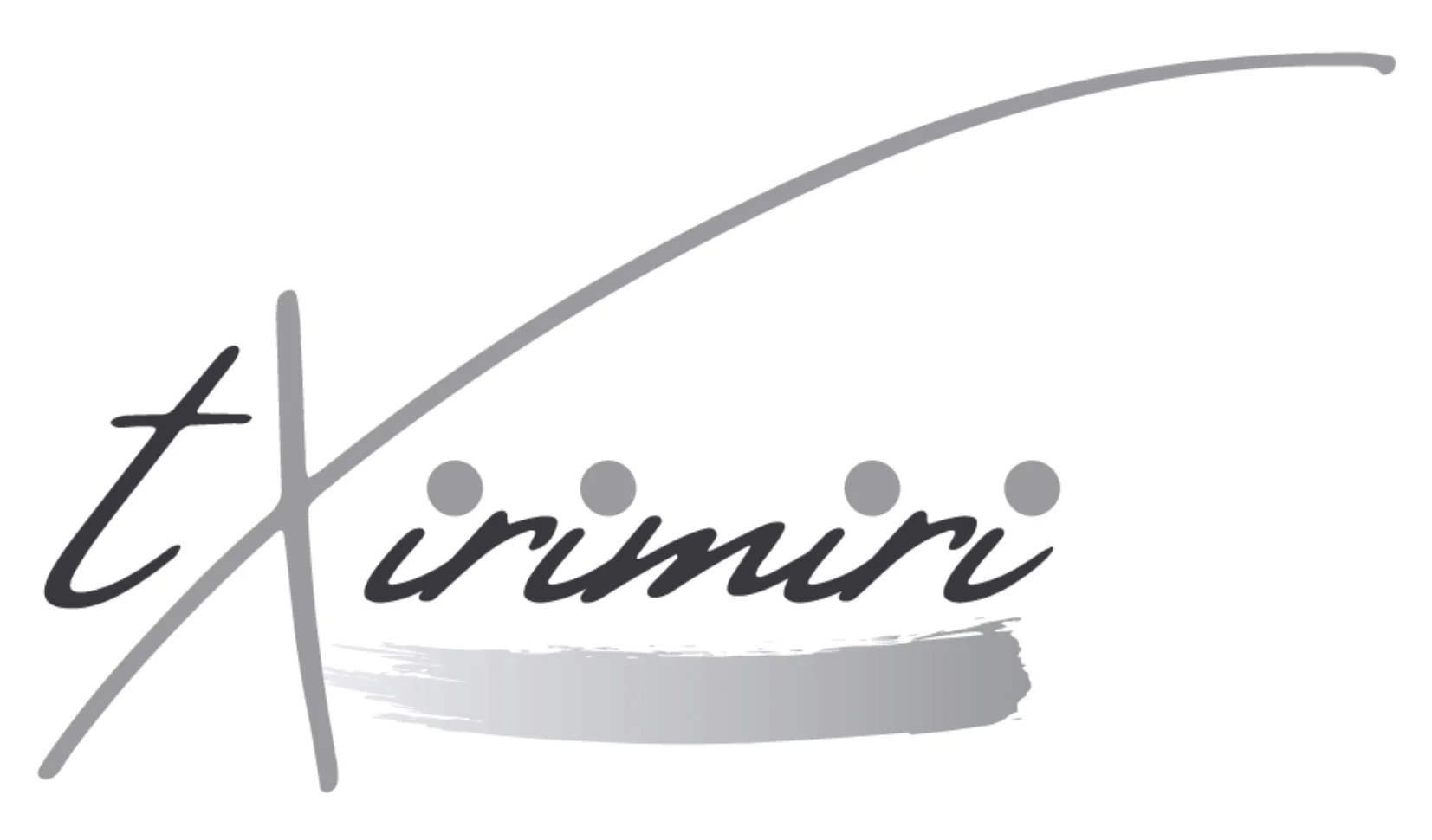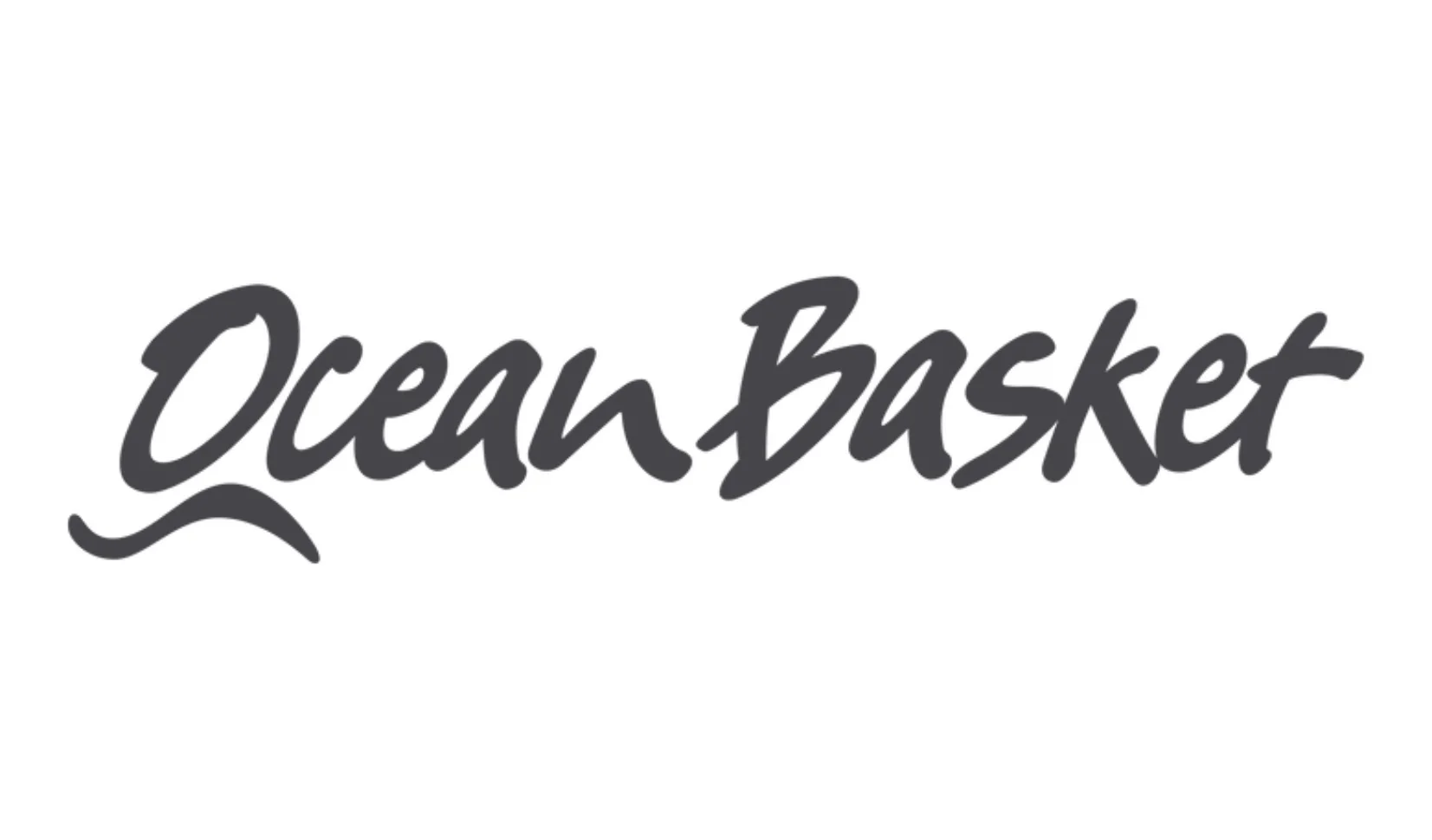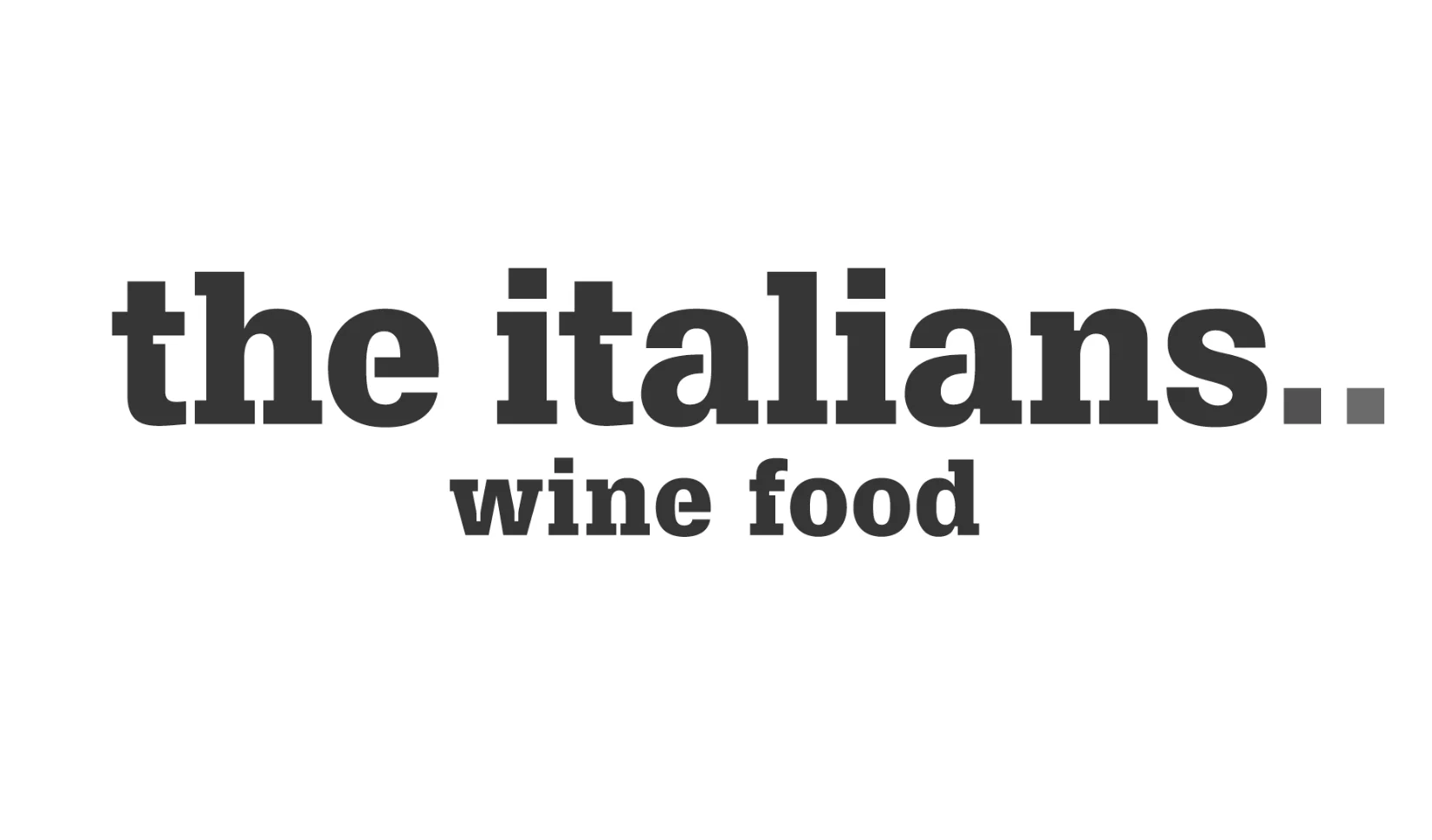Struggling to optimise your restaurant’s operations while keeping costs under control? In this guide we will delve into food & beverage (F&B) control methods to help you generate profitability and uphold good standards. So let’s dive in!
1. Understanding F&B control

Inventory management, cost control, menu engineering and portion control are just a few of the components of restaurant management that go under the umbrella of F&B control. Here’s why it’s so important:
Cost management: Good F&B management enables you to control expenses, cut waste, and boost profit margins.
Quality control: You can guarantee constant quality in your foods and beverages by keeping an eye on the ingredients and manufacturing procedures.
Menu optimisation: F&B control helps in the identification of best-selling goods, the analysis of profitability, and the formulation of sound menu engineering choices.
Operational efficiency: Smoother operations and a better customer experience result from streamlining processes and effectively managing inventory.
2. Inventory control
To control costs and cut waste, you must effectively control inventory:
Sort your inventory into different categories, such as high-value products, non-perishables and perishables. This guarantees optimal rotation and utilisation and helps identify products with shorter shelf lives.
Based on usage trends, lead times, and sales projections, choose the best par levels for each item. Review and modify par levels frequently to avoid stockouts or surplus inventory.
When storing and utilising inventory, adhere to the FIFO (First In First Out) concept. This must be done in order to minimise waste and ensure that older stock is used first.
Use inventory management software to keep track of stock levels, automate purchase orders and produce reports. These tools simplify inventory procedures and offer useful data for making smart choices.
3. Cost management
Maintaining profitability depends on keeping costs under control. Take into account these tactics:
Standardise recipes by creating them with exact proportions and serving sizes. This preserves uniformity while minimising deviations and ingredient waste.
Develop trusting connections with suppliers to bargain for better payment terms and lower prices. Verify that providers are offering competitive pricing and quality on a regular basis.
Find the high-cost items on the menu by calculating the food cost percentage for each item and adjusting the price or portion size accordingly. Keep an eye on changes in ingredient prices and make adjustments as necessary.
Inform staff members about waste reduction strategies and the need to limit costs. Encourage open dialogue to gather opinions and suggestions for cost-cutting measures.
4. Menu engineering
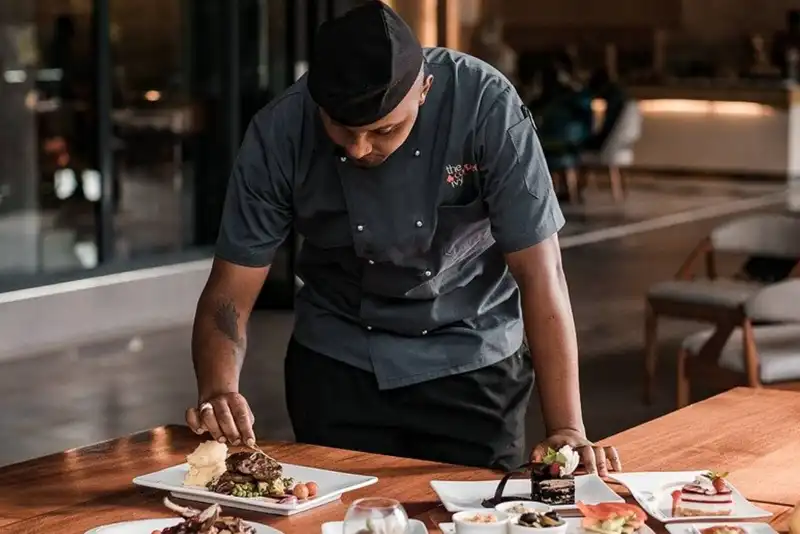
Menu engineering is the process of strategically designing menus to increase profitability. Think about the following methods:
Identify products with strong profit margins or cheap ingredients. Promote and draw attention to these offerings on the menu to boost sales and profitability.
Analyse sales data for top-selling items and consumer preferences. Emphasise these items through placement, descriptions or visual clues on the menu.
Narrow the selections on the menu. This lessens the complexity of the inventory, boosts operational effectiveness and helps customers make better decisions.
Train your personnel to recommend add-ons or upsell higher-margin items. Use eye-catching text and images to persuade customers to select premium solutions.
5. Portion control
Optimising portion sizes helps manage costs, maintain consistency and control waste. Consider the following techniques:
For each menu item, establish standards for portion management. Use measuring cups & scales to control portions and maintain consistency in serving sizes.
Review customer feedback and plate waste statistics frequently to spot overly large or undersized portions. Make the necessary adjustments to reduce food waste and raise customer satisfaction.
Employ plating techniques to make foods that are aesthetically pleasing without sacrificing portion control. Balance the visual impact while ensuring that your consumers have a good dining experience.
6. Restaurant reservation management system
A reservation management system for restaurants is essential for streamlining operations and enhancing the overall customer experience. Here are some advantages:
Reservations made through an online reservation system will help you avoid overbooking and maximise seating arrangements.
Gather guest information via the reservation system to customise the dining experience, issue relevant promotions and foster a sense of loyalty among customers.
Examine reservation information to foresee peak times, staff appropriately and improve inventory and supply chain management.
A few reservation systems provide for operational integration with other restaurant management software, including POS and inventory control solutions.
Becoming an expert in F&B control
Streamline your operations and cut expenses by putting good inventory management, cost control, menu engineering and portion control techniques into place. Additionally, utilising a reservation & table management system improves operational effectiveness, increases profitability and improves the entire guest experience. So, take control of your restaurant’s F&B operations and witness the positive impact it has on your business’s success.

Stress Free Restaurant Management EBook
Learn how to save time, reduce stress and fill your restaurant while you sleep!

-
Previous Post
How to pass a food safety inspection
